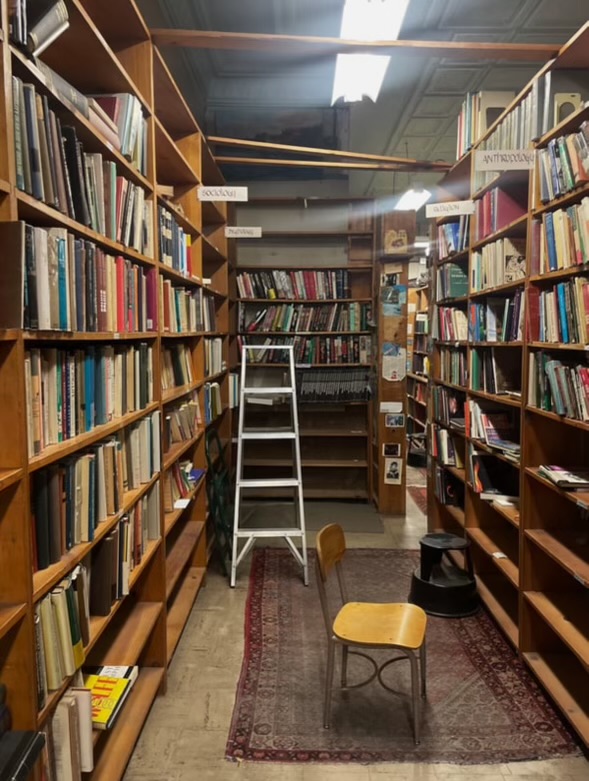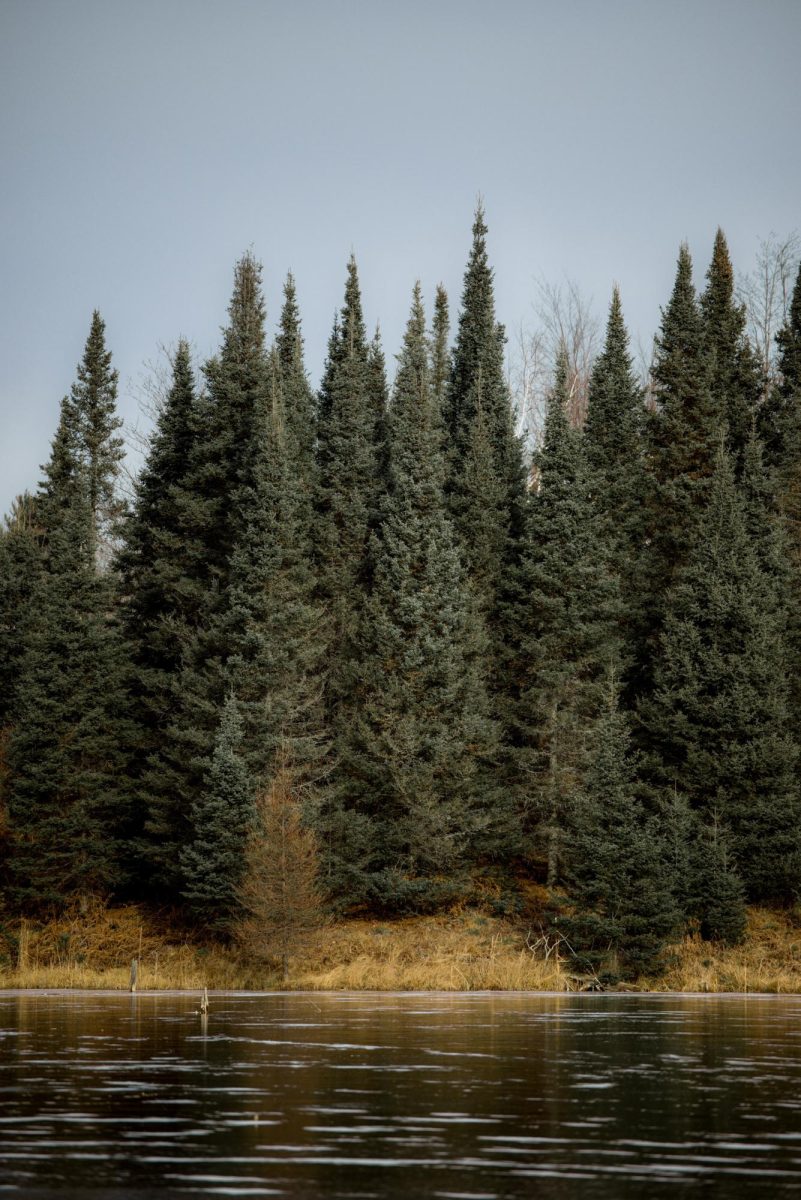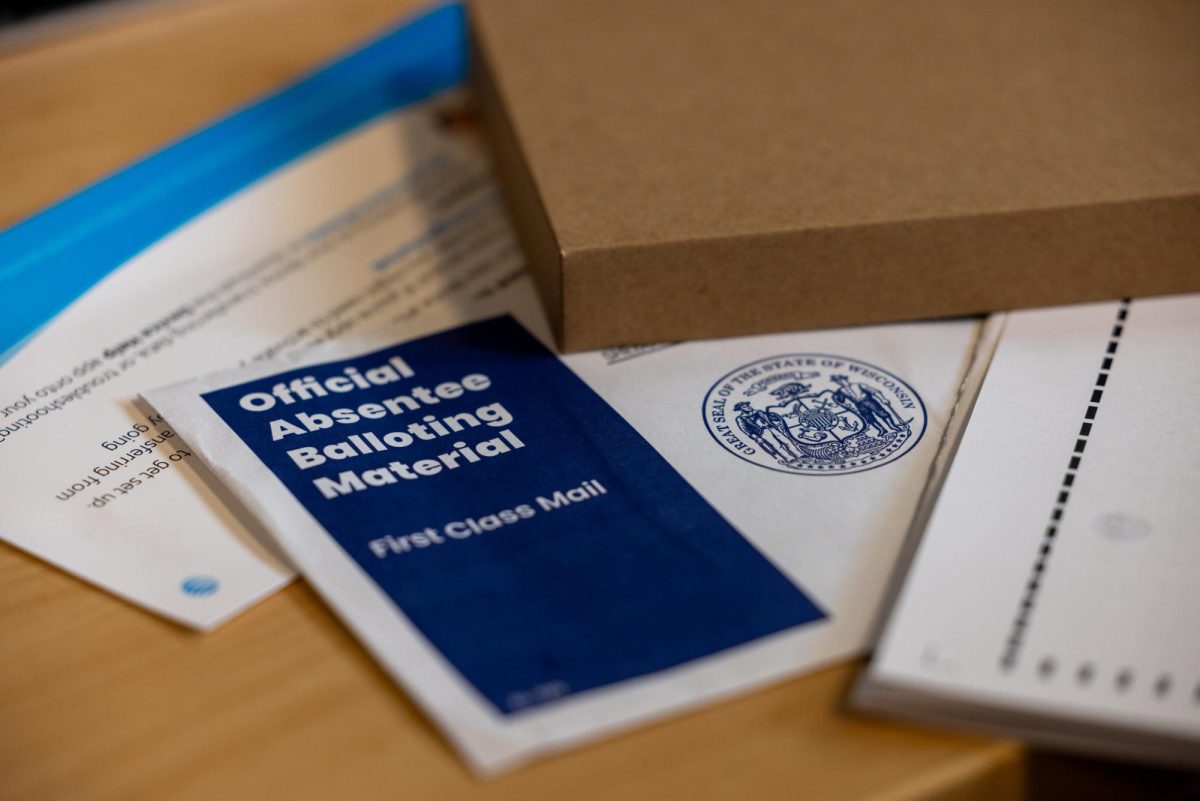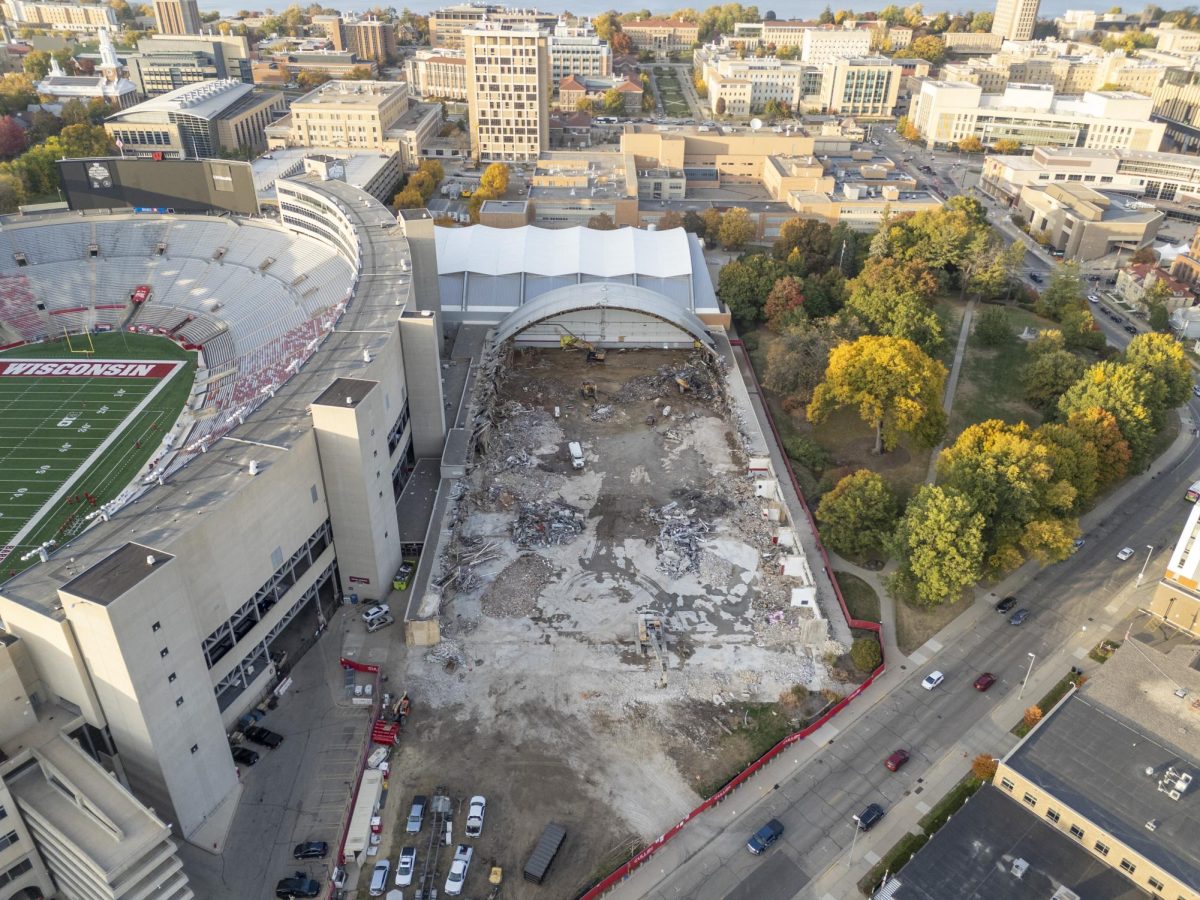About a hundred student artists, professors and professionals from around the nation will display approximately 120 pieces in the biannual light art exhibition hosted by the University of Wisconsin’s art department this weekend.
UW art professor and head organizer of the exhibit Steve Feren said he expects to draw thousands of national artists, local students and community members to the event, held at the UW Stock Pavilion April 16 and April 17 from 7 to 11 p.m.
Quincy Neri, a UW art graduate student studying mixed media and specializing in glass, said this exposition prompted her to do her graduate work at UW.
“This is a huge event…The event,” Neri said. “It’s pretty hectic down here.”
The focus of the event is light, Feren said, adding it is not only an important component to art as a whole, but to life as well.
“Light is really the medium that all art uses.” Feren said. “Whether we realize it or not, it’s part of our daily environment. It’s everywhere.” He added one can see light when turning on a light switch, looking at neon billboards or watching television.
“Light, whether we realize it or not, it’s as powerful as water or air.”
Feren added that the overwhelming presence of light in our daily lives may make this year’s exhibit more enjoyable for families.
Although many pieces hone the use of neon and inert gases, Feren said having an exhibition with light art pushes the boundaries of technology, including lasers.
UW students will be able to meet with fellow collegians from around the country.
“It’s great for the students, because there’s so many students from different parts in the country,” Feren said, adding that UW’s artists can see what is going on in the unique regions of the nation.
Aside from meeting and seeing different artists and their work, Feren said part of art is the form communication, and having to set up the displays will only increase the appreciation of the field.
Neri added the exhibition will be a good way to say good-bye to the glass lab where she currently works on her artwork, which involves neon light providing luminance to artwork on glass panels.
The glass lab, currently situated near the UW Field House, will soon be relocated to Bedford Street where the Surplus building used to be located.
“[The current glass lab has] been here since the ’60s; it’s not up to date as it should be,” Neri said, adding the entire staff who works in the glass lab is excited to make the move.
Feren also that the decision to use the Stock Pavilion was a great choice of location, adding many of his colleagues have started calling it the “Cowgenheim,” a play on New York City’s Guggenheim art Museum.
“It’s just the smell of cow feces and neon [that made it a great choice].”







